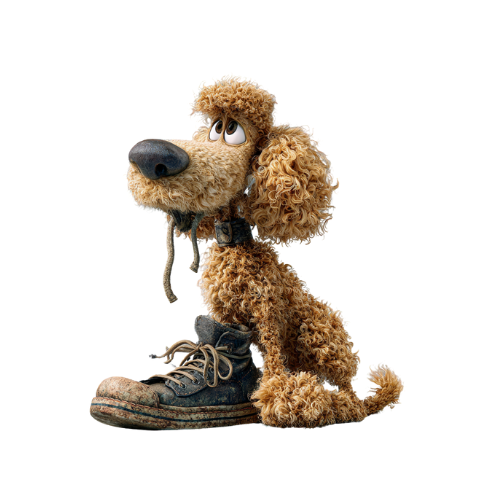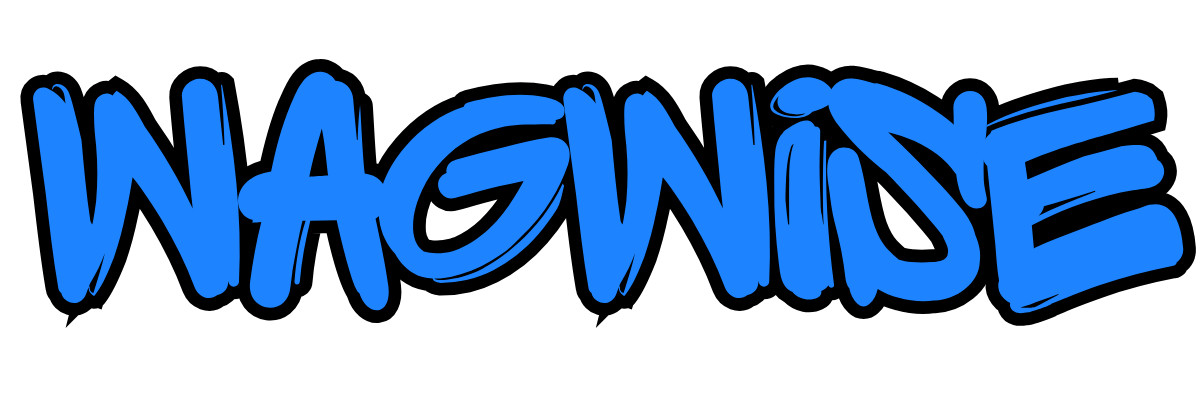Dog Chewing
Why Does My Dog Chew Everything? Understanding and Solving the Problem of Dog Chewing.
If you've ever come home to find a chewed-up shoe, shredded pillow, or mangled furniture leg, you're not alone.
Chewing is one of the most common (and frustrating!) behavioural issues dog owners face. But don’t worry — your pup isn’t trying to ruin your life or redecorate your living room with foam stuffing.
Chewing is a normal and even necessary behaviour for dogs.
The challenge lies in managing what they chew and why they’re chewing it.
Let’s dig deep into the chewed-up heart of the issue and help you turn destruction into direction.
Meet Grumpy Old Max
“Back in my day, we didn’t have fancy chew toys. We had sticks. And we liked it. But even I know dogs need to chew — the trick is teaching ‘em what’s fair game and what’s off-limits.”
Thanks, Max.
Now, let’s break it down.
Why Do Dogs Chew?
Chewing is a natural behaviour for dogs of all ages. It’s how they explore the world, soothe their teeth and gums, relieve boredom, and even reduce anxiety.
Here are the most common reasons:
🐾 Puppy Teething
From about 3 to 6 months of age, puppies chew to relieve the discomfort of teething — just like babies. It helps loosen baby teeth and encourages adult teeth to come in properly.
🧠 Mental Stimulation
Chewing helps keep your dog’s brain busy. If they’re not getting enough enrichment or interactive playtime, they may resort to chewing household items to pass the time.
🐶 Boredom
Dogs are active animals, both mentally and physically. Without adequate exercise and stimulation, boredom can turn your furniture into an appealing DIY chew project.
😬 Separation Anxiety
If your dog tends to chew destructively while you're away, it could be a sign of separation anxiety. Dogs with this issue may chew objects that smell like you — shoes, clothing, furniture — as a way to cope with stress.
🐕 Lack of Training
Some dogs simply haven’t learned what’s okay to chew and what’s not. If no one teaches them the rules, how are they supposed to know that the couch isn’t a giant stuffed toy?
What’s “Normal” Chewing vs. Destructive Behaviour?
- Normal chewing: Chewing toys, bones, or other safe items, especially when supervised or left alone.
- Destructive chewing: Tearing apart household items, furniture, walls, or inappropriate objects, especially when accompanied by signs of stress or restlessness.
Tips and Solutions: How to Stop Destructive Chewing
Let’s chew on some solutions.
1. Puppy-Proof Your Home
If you wouldn’t leave a toddler alone with a marker and your white walls, don’t leave a teething puppy alone with your leather boots. Remove tempting items like shoes, remotes, and books when your pup is unsupervised.
2. Provide Plenty of Chew Toys
Different dogs prefer different textures. Offer a variety:
- Rubber chew toys (e.g., KONG)
- Rope toys
- Rawhide alternatives (be cautious and monitor chewing)
- Frozen carrots or specially made puppy teething toys
Rotate the toys to keep them exciting.
3. Exercise, Exercise, Exercise
A tired dog is a good dog. Daily walks, playtime, and mental challenges (like puzzle feeders or training sessions) reduce boredom and pent-up energy that fuels chewing.
4. Use Deterrent Sprays
Apply a safe, bitter-tasting deterrent to furniture legs, shoes, or other high-risk chew zones. Test first on small patches to avoid discolouration.
5. Redirect and Praise
If you catch your dog chewing something off-limits, don’t yell. Calmly redirect them to a suitable chew toy, then praise them for chewing the correct item. Consistency is key.
6. Teach the “Leave It” and “Drop It” Commands
Training basic obedience helps your dog learn boundaries. Reward them generously for dropping inappropriate items.
7. Crate Training or Safe Zones
When unsupervised, confine your dog to a safe space with toys and bedding. A crate or penned area can reduce access to tempting objects and promote calmness.
When to Seek Help
Sometimes, chewing is a symptom of deeper issues.
Talk to a vet or certified dog behaviourist if:
- Your dog chews obsessively or destroys large items regularly
- Chewing is accompanied by howling, pacing, or other signs of anxiety
- Chewing continues despite plenty of toys and training
There may be an underlying anxiety disorder or medical issue that needs addressing.

Related Questions
Q: How long does the teething phase last in puppies?
A: Puppy teething typically lasts until about 6 to 8 months of age, when all their adult teeth have come in.
Q: Is it okay to give dogs bones to chew?
A: Cooked bones are a big no — they can splinter and cause serious injury. Stick to raw bones (with supervision), specially designed chew toys, or vet-approved dental chews.
Q: Why does my dog chew my underwear and socks?
A: It may be gross to you, but your clothing smells strongly of you, which comforts dogs, especially if they have separation anxiety.
Final Woof from Grumpy Old Max
“Chewing ain’t evil — it’s instinct. But if your mutt thinks your couch is a lamb shank, you’ve got work to do. Give ‘em something proper to chew, wear ‘em out with walks, and for dog’s sake, hide your slippers.”
Let Wagwise Help
At Wagwise, we help dog owners become wise dog owners.
Whether you're raising a puppy or managing an older dog’s behaviour, our expert guides, product recommendations, and cheeky mascot Grumpy Old Max are here to lend a paw.
Explore our blog, browse helpful tools, and join a community of dog lovers who want the best for their four-legged friends — and their furniture!

